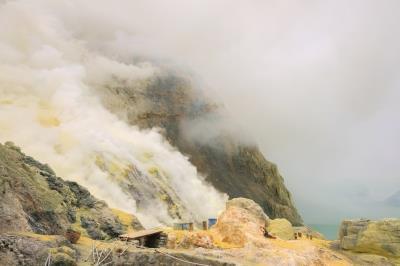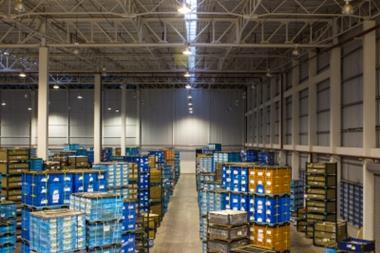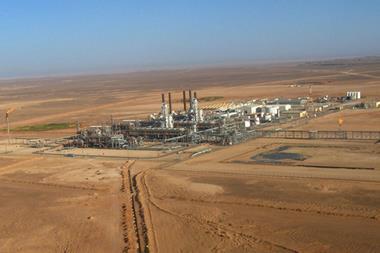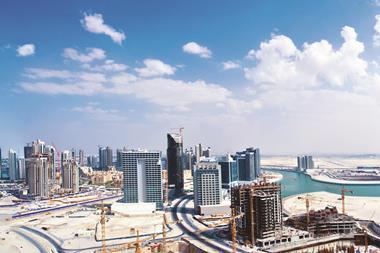Regulation is lacking in clarity and the lesson for multinationals in the increasingly sensitive mining sector is that they must take into account all stakeholders, including local communities

When Colorado-based mining giant Newmont and Peru’s Buenaventura group started work last year on the $5bn Minas Conga copper and gold project high in the Peruvian Andes, they thought they had covered all environmental issues. But the joint venture partners had hardly started when they ran into trouble from local environmentalists in the region of Cajamarca and from the anti-mining regional government, which claimed the project would affect the local water supply – an emotional issue in the region.
As Laurence Allan, senior manager of the IHS Country Risk’s analysis and forecasting team for Latin America, explains, the mining companies became caught in the political crossfire. “Disagreements over compliance concerning reservoirs have been amplified by differences between the national government of president Ollanta Humala and the regional government of Gregorio Santos,” he says.
“While Humala supports the mine for reasons of national economic development, Santos has leveraged local discontent around regulation of the water resources. As a result, there have been significant delays to the project.”
More than delays, in fact. In January 2014, protesters invaded the site and destroyed infrastructure.
Thorough review
The lesson for multinationals in the increasingly sensitive mining sector in Latin America is that they must take into account all stakeholders, including local communities. They should take the time to understand the relationships between all the actors. As Allan adds, “it’s all too easy to underestimate the impact that a seemingly minor difference between two relevant parties can have on finding a way through the labyrinth of environmental regulation.”
As in other issues, environmental regulation, – and its enforcement – differs across Latin America and clear rules are few, even in relatively mature regulatory countries such as Chile. Often, a wide range of bureaucracies and institutions oversee environmental issues . Further, within countries, different levels of authority at national, provincial and local levels all compete to have a say, a situation that may trigger turf wars. For good measure, governments will invoke regulations for unspecified non-environmental reasons.
“How do you figure out what the environmental risk is in Ecuador when, on the one hand, the government guarantees the rights of nature and, on the other, allows oil exploitation in the Amazon?,” asks Allan rhetorically.
Grey areas
The result is a number of grey areas that operators can find extremely challenging to negotiate. In Brazil, as in other countries, the award of permits may be subject to long delays, which can have important implications for a project’s viability. For instance, the economics of the stalled Minas Congas mine are deteriorating steadily.
The resources sector is not the only one affected Allan predicts a new emerging frontier for environmental activism in Latin America, namely, genetically-modified (GM) crops. He cites Monsanto’s GM seed facility in Argentina. Having cleared all the environmental hurdles set by the provincial authorities, a local court in Cordoba province suspended construction of the projection environmental grounds. SR
Insurance hurdles
In a relatively lawless environment, the implications for insurance of personnel and fixed assets are obvious. However, here, things are changing too. As AIG’s Marty Scherzer, president, global risk solutions and multinational, points out, regulation of offshore-based insurance arrangements is on the increase as some governments adopt protectionist measures. “This is regime-affected – governments want the action to stay in the country as much as possible”, he explains.
This takes several forms. In Brazil, for instance, local brokers have to be involved in the provision of cover in a way that brings more foreign capital into the country. Additionally, increasingly tough limits have been placed on the amount of reinsurance risk that can be taken offshore.
Further, in hard-pressed countries such as Argentina and Venezuela, any offshoring of insurance capital is allowed only after a three-stage vetting process. First, independent auditors check the appropriateness of the application. Next, an insurance commission reviews it. Finally, if it clears the first two hurdles, the Treasury has the final say. Even then, the maximum tranche that can be shifted is $250,000.
Scherzer believes this kind of regulation is here to stay and that multinationals will simply have to be more flexible and will need to structure their programmes around the issues that will impact their organisation.




















No comments yet